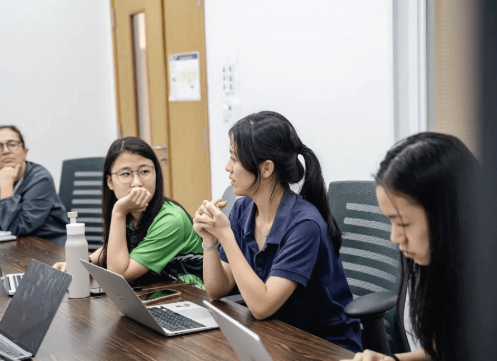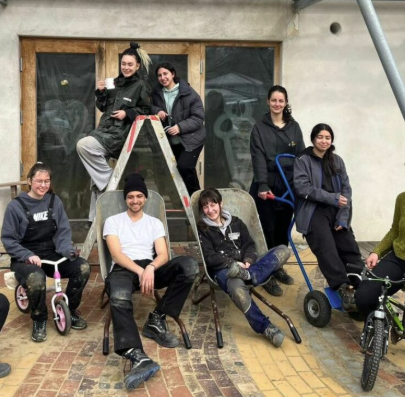Critical thinking is an essential skill for academic success, informed citizenship, and career readiness. High school programs that prioritize critical thinking help students go beyond memorization and engage deeply with complex ideas. These programs empower learners to evaluate information, question assumptions, and develop reasoned conclusions based on evidence. By fostering these skills early, educators can help students become thoughtful individuals who are prepared to tackle the challenges of the modern world.
In many high schools, specific tracks or academic pathways are designed to strengthen analytical thinking. Honors programs, humanities courses, and STEM-focused curricula often incorporate assignments that require students to interpret data, construct arguments, and apply knowledge to real-world scenarios. These activities sharpen problem-solving abilities and support independent learning. In social studies classes, for example, students might evaluate historical sources, consider the motives behind different actions, and debate ethical decisions. In science labs, students learn to ask questions, design experiments, and draw evidence-based conclusions.
Project-based learning is one of the most effective strategies for fostering critical thinking. Through long-term assignments and collaborative challenges, students investigate topics, test ideas, and reflect on outcomes. These projects often span multiple subjects and require sustained effort and collaboration. For instance, students might research environmental issues, design sustainable energy prototypes, or propose solutions to public health concerns. These experiences build inquiry skills and encourage thoughtful debate, helping students learn that answers are not always simple or immediate.
Classroom discussions and Socratic seminars are also valuable tools. When students are encouraged to ask questions, support opinions with evidence, and consider alternative viewpoints, they build habits of intellectual curiosity and respectful discourse. These formats help students become active participants in their learning. Teachers can guide these conversations by presenting open-ended questions, fostering a safe space for diverse opinions, and encouraging respectful disagreement. This type of dialogue allows students to explore new ideas and learn to defend their reasoning.
Technology integration enhances critical thinking by providing students with access to a wide range of information and digital tools. Interactive platforms, simulations, and research databases challenge students to sort through sources, evaluate credibility, and synthesize ideas. In media literacy lessons, for example, students learn how to identify bias, verify facts, and assess the reliability of online content. These skills are crucial in a digital age where misinformation can easily spread. Moreover, technology encourages creative expression—students can create blogs, digital presentations, or short films to showcase their thinking and communicate complex concepts.
High school programs that support critical thinking also help students prepare for standardized assessments and college-level work. Skills such as analyzing text, interpreting graphs, and forming logical arguments are commonly tested on college entrance exams and expected in higher education settings. Students who develop these skills in high school are more confident and capable when facing academic challenges. In addition, many universities now emphasize analytical writing and discussion-based coursework, making early training in critical thinking even more valuable.
Outside the classroom, debate teams, mock trials, academic clubs, and student journalism provide further opportunities to practice critical thinking. These activities teach students how to build persuasive cases, anticipate counterarguments, and communicate effectively. They also strengthen leadership and collaboration skills while promoting civic engagement. Students who participate in these programs often go on to pursue careers in law, politics, media, and public service—fields that require strong reasoning and communication abilities.
Educators play a key role in promoting critical thinking. By encouraging curiosity, modeling analytical thinking, and offering constructive feedback, teachers inspire students to think deeply and independently. Professional development in inquiry-based instruction, question design, and discussion facilitation equips teachers to integrate critical thinking strategies across subjects. Administrators can further support this goal by ensuring that curricula emphasize analysis, problem-solving, and exploration.
Family and community involvement also reinforce critical thinking development. Parents can support students by encouraging thoughtful conversations at home, exposing them to diverse viewpoints, and guiding them to ask questions about the world around them. Community partnerships with local universities, museums, or civic organizations can also enrich learning by offering real-world perspectives and problem-solving opportunities.
In a world where information is abundant and often conflicting, critical thinking is more important than ever. Hi














